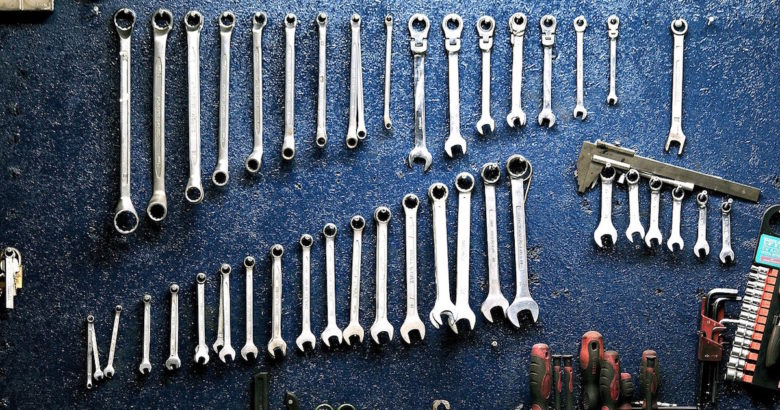3 Things Every Homeowner Should Know How to Do
Buying a home may be one of the biggest financial investments you ever make, but taking care of your home comes in a close second. Between replacing the roof, installing a new hot water heater, and all the little things that have to be fixed in a home, the expenses add up. Many homeowners try to do as much as they can before calling in a professional. Sometimes that’s a great idea and other times, professional help is really what you need.
A few basic DIY skills can save you quite a bit of money as a homeowner. Here are a few things that every homeowner should know how to do.
Unclog a Drain
Clogged drains happen thanks to little kids and their toys, a build up of hair and other debris, and old pipes. This is something you can often fix with no help. A plunger is a staple in every home.
To unclog a toilet, you’ll need enough water in the bowl to cover the rubber part of the plunger. Don’t flush the toilet to add water, as you’ll risk having it overflow. Instead get water from the sink or tub and pour it into the toilet bowl. When you have enough water, place the plunger over the drain at the bottom of the toilet. Push down with a bit of force until the plunger inverts. This forces air down the drain. When you release the plunger, the pressure creates a vacuum which makes everything move again. You may have to do this a few times before you release the clog. The process is very similar for unclogging sinks, though the plungers are a bit different. Your local hardware store should be able to help you chose the right plunger for the job.
Turn Your Power Back On
Sometimes you have a power outage with the rest of your neighborhood. When this happens, call the electric company to report it. There are times when a power outage only affects your house and it’s usually due to a flipped breaker or blown fuse. Most of the time you can handle this yourself.
It’s always a good idea to keep flashlights around your home – with working batteries – in case of an outage. When the power goes out, find your closest flashlight and head to your electrical box. Open it up and look for a breaker pointed in the opposite direction of the others, for a red indicator, or both. Flip that switch all the way to the right and back to the left. Your power should turn on. If you have a fuse box, look for the blown fuse. It’ll be darker than all the others. Unscrew it and replace it with a new fuse.
Fix a Leaky Faucet
There is nothing more annoying than the sound of dripping water. It can also be expensive, too. A leaky faucet can drip away several gallons of water each day until you fix it. You don’t need a plumber for this. With a few tools and a little elbow grease, you can stop the drip-drip-drip.
Before you begin, get an adjustable wrench, screwdriver, new washer, and a cloth or rag. First, remove the faucet handle which is attached by a screw. Once you take off the decorative handle, you’ll see a stem with a nut at the base. Use your wrench to tighten the nut. This might be all you need to do. If the dripping stops, you’re done. If not, you have a few more steps.
Place a rag at the bottom of the sink, covering the drain. This will make sure no small pieces or parts fall down the drain if you drop something. Next turn off the water to the sink. The shut off valve is usually directly under the sink. Open the faucet by twisting the top of the stem with your wrench. Unscrew the nut at the bottom and lift. Look at the bottom of the piece in your hand. There should be a washer. That’s what you’ll need to replace. Make sure your new one is the exact size. Once you replace it, reassemble the handle and turn the water back on under the sink.
When to Call a Professional
While there are plenty of things you can do around the house yourself, there are times when you need to call in a professional.
- The job requires specific tools or skills you don’t have.
- The project will take more time to complete than you have available.
- There’s a high likelihood of danger – for example, if you’re not comfortable around heights, you probably shouldn’t attempt any roof repairs.
Taking care of your home is important to your quality of life and the value of your home. DIY it when you can and call for help when you can’t.


Comments are closed.